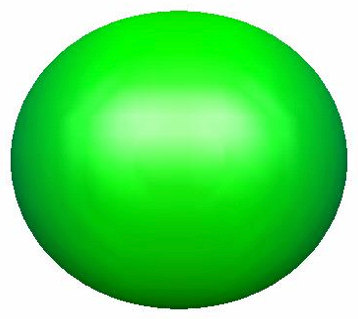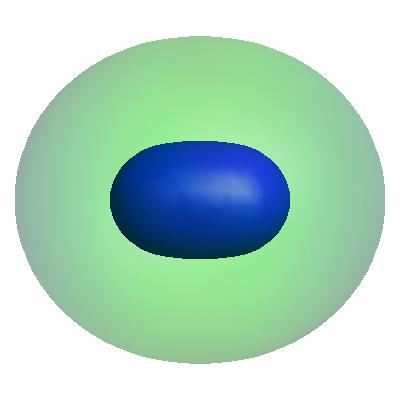
Figure 4.5. 0.002 au isodensity surface with superimposed electrostatic potential of (a) H2 and (b) H atom. The maximum potential value is 0.05 au, and the level of theory is B3LYP/6-31G(d).
From Molecular Modeling Basics CRC Press, May 2010.
From Molecular Modeling Basics CRC Press, May 2010.
If we look at the electron density of H2 (Figure 4.5a), we can clearly see that at this separation the electron densities of the two H atoms have fused indicating electron sharing, a hallmark of covalent bonding. Here is an interactive version (the corresponding Jmol script can be found here; see this post on making plots like this), where I have superimposed the electron densities of the H atoms and H2:
What you can't see in this picture is that the electron density has rearranged significantly between the nuclei, which is the source of the bond strength. To see this we need to look at a larger isodensity value (here 0.075 au):
Click on the picture for an interactive version
What you can't see in this picture is that the electron density has rearranged significantly between the nuclei, which is the source of the bond strength. To see this we need to look at a larger isodensity value (here 0.075 au):
Click on the picture for an interactive version






3 comments:
"What you can't see in this picture is that the electron density has rearranged significantly between the nuclei". With some effort, you visualise the change in electron density on bonding.
Thanks, Noel. I used to play around with density difference maps myself. But they sure are a lot of work, compared to what I did in the post.
I'm really interesting with your blog. I'm doing MSc in nanoscience and nanotechnology.My research area is molecular modeling. Do you know how molecular modeling apply to nanocomposite, textile technology and targeted drug delivery
thanks and regards
sujani
Post a Comment